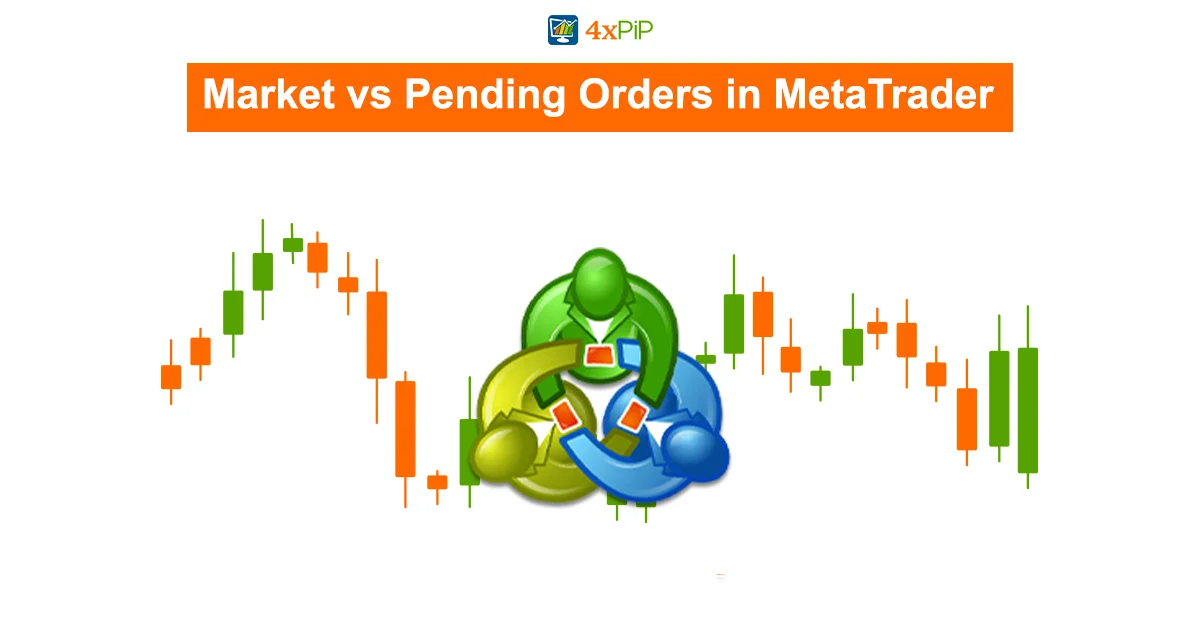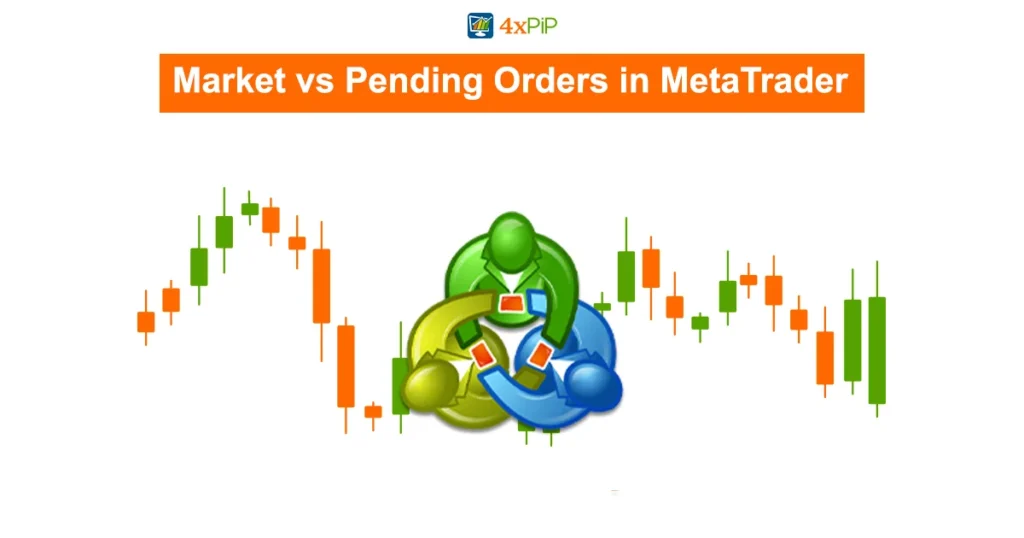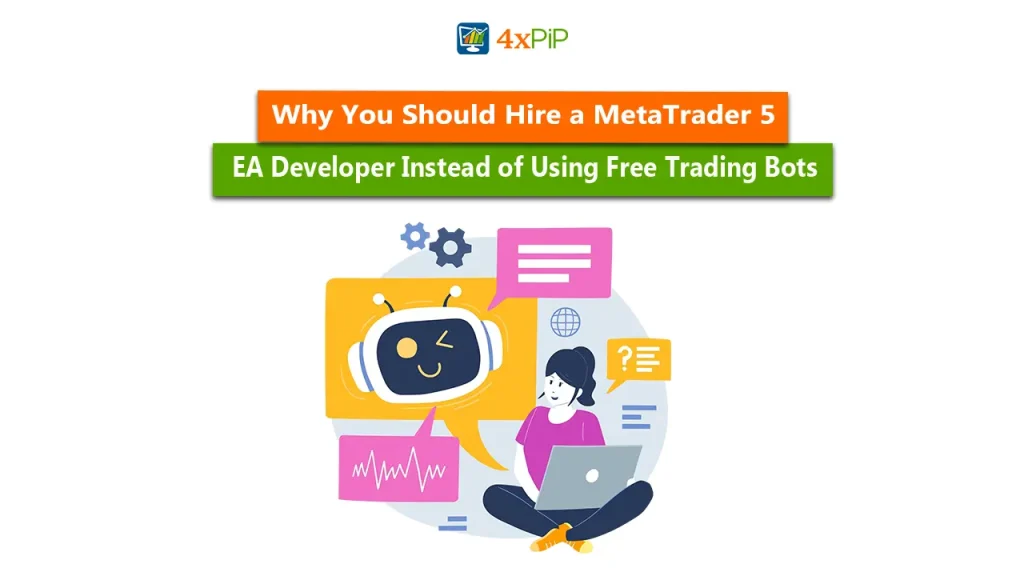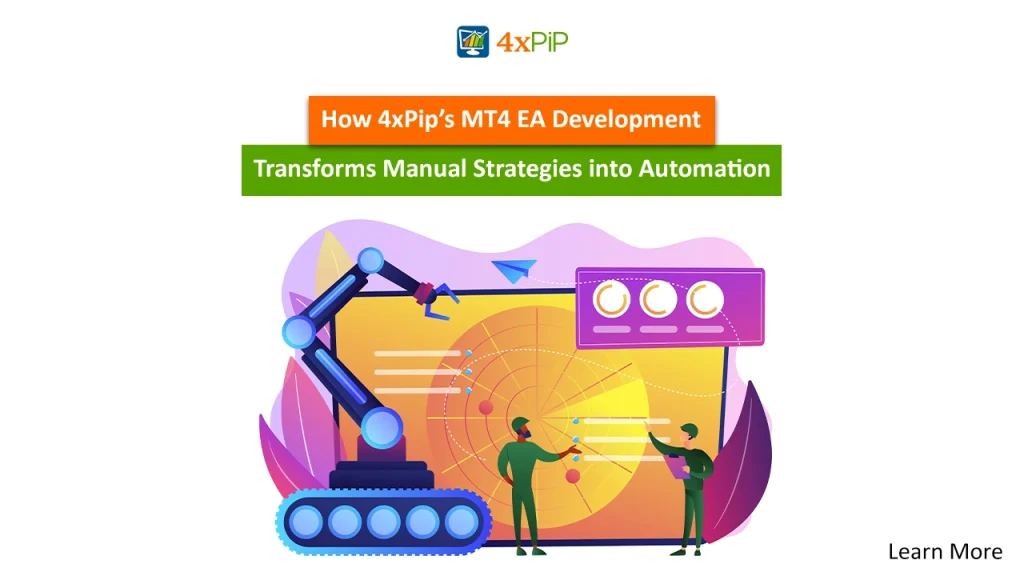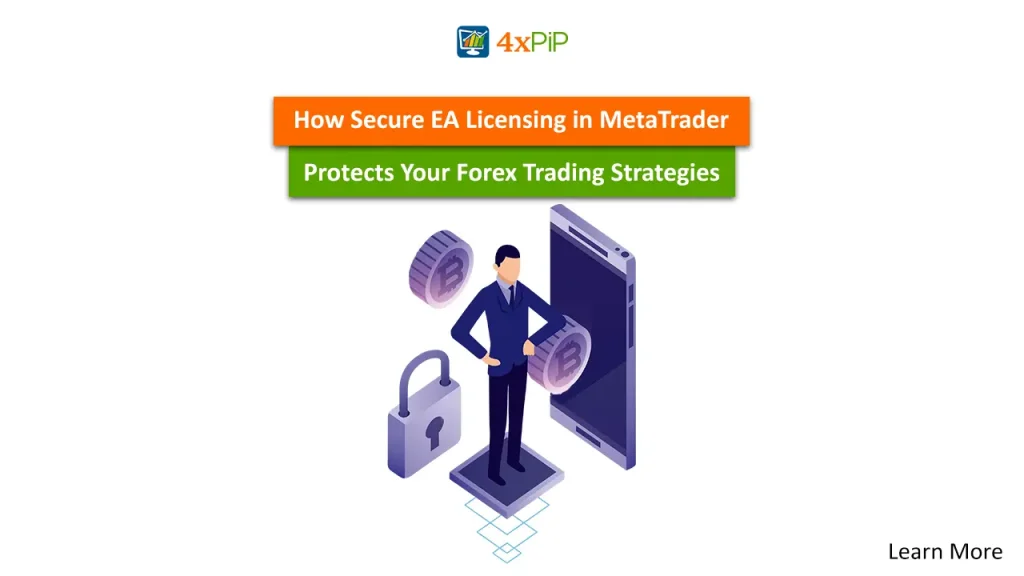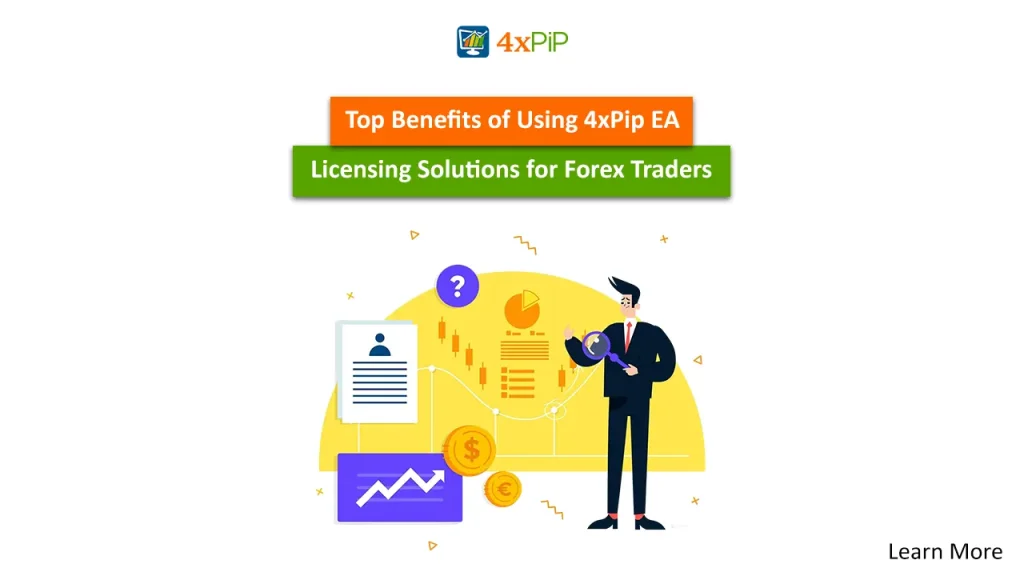If you’re new to forex trading and using MetaTrader, it’s crucial to understand the difference between market and pending orders. These orders have specific purposes and knowing how they work can greatly affect your trading strategy. Let’s look at each order type in detail to give you the knowledge to make smart decisions in the fast-paced world of forex.
As you start your forex journey, take advantage of the tools and expertise from 4xPip, a trusted source for trading solutions. Check out their products and robots designed for MetaTrader. For personalized guidance and more information, reach out to 4xPip‘s experts at [email protected].
Market Orders:
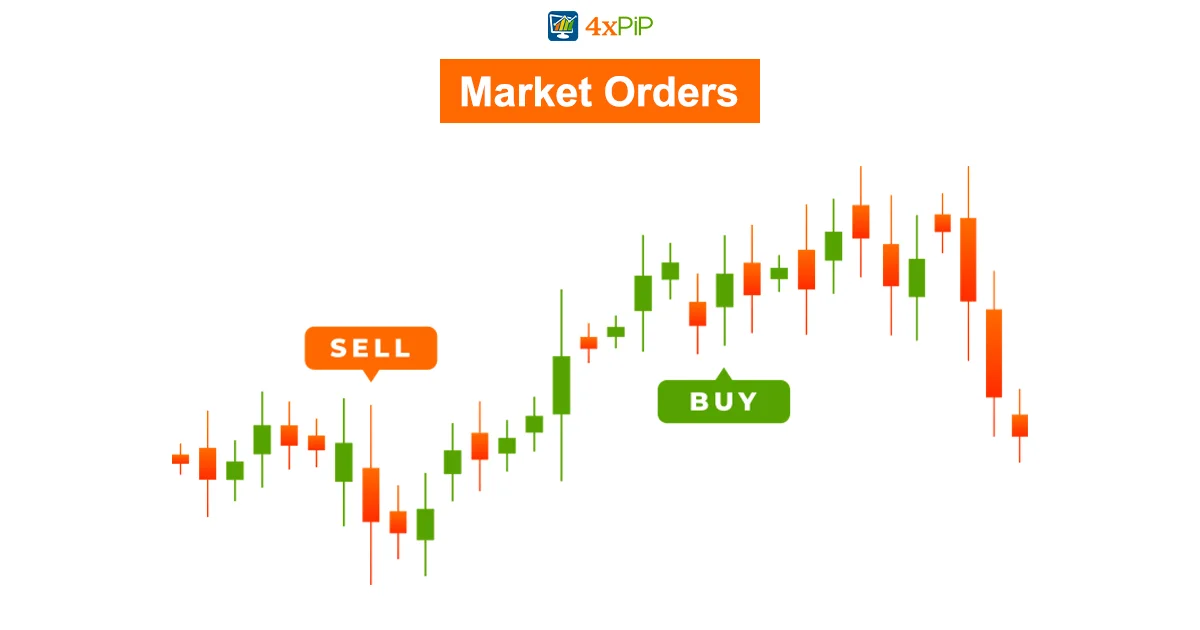
A market order is the easiest type of order. It happens right away at the best available price. When you use a market order, you’re telling MetaTrader to buy or sell a currency pair at the current market price.
Market orders are fast and execute quickly, which is a good thing about them. They process right away, allowing you to enter or leave the market without any delay. Trading in popular currency pairs where prices change quickly is where market orders work well. Beginners find market orders great because they are easy to use and get things done fast.
But, there are downsides to market orders. You don’t have much control over the price you get, and it might be different from what you wanted because of market changes. This difference, called slippage, can affect how much money you make.
Pending Orders:
Pending orders let traders set up buy or sell orders at specific future prices. This helps control when to enter or exit a trade more precisely.
A big advantage of pending orders is that they give control over the execution price. Traders can say exactly at what price they want their order to happen, giving more flexibility in planning trades. This control, combined with the ability to set up orders beforehand and execute them automatically, makes trading more organized.
But there are downsides here as well. Pending orders might not happen right away or at all, depending on market conditions and broker rules. This delay can be a problem in fast-changing markets. Also, for beginners, the complexity of pending orders may be too much, needing more analysis and monitoring.
Market Buy and Market Sell Orders:
Market Buy:
A market buy order is a simple way to buy a currency pair at its current market price. If the EUR/USD is 1.1850/1.1852, a market buy at 1.1852 completes the order at the ask price. Buying the EUR/USD means purchasing at 1.1852.
Market Sell:
On the flip side, a market sell order means you’re directly selling a currency pair at its current market price. For example, if the EUR/USD is priced at 1.1850/1.1852, a market sell order will be completed at 1.1850, which is the bid price.
So, if you choose a market sell order in this situation, you’re selling the EUR/USD pair at the bid price of 1.1850. The benefit of using market buy and sell orders is that they are precise and happen instantly. This helps traders make transactions at the exact market price, making it easier to get in and out of the market.
Buy Limit and Sell Limit Orders:
Buy Limit:
A buy-limit order is a smart way to get into the market at a lower price than what it is right now. For example, if the EUR/USD is currently trading at 1.1850/1.1852, you can set a buy limit order at 1.1800. This means your order will only go through if the price drops to 1.1800 or less.
Think of it like this: if the current market has the EUR/USD at 1.1850/1.1852, putting a buy limit order at 1.1800 means you’ll join the market when the price hits this lower value. Traders use this strategy to take advantage of good prices, hoping the market will go up after their order is done. It’s a useful way to predict potential upward movements.
Sell Limit:
On the flip side, a sell limit order helps you leave the market at a higher price than what it is now. For instance, if the EUR/USD is currently at 1.1850/1.1852, a sell limit order at 1.1900 will only happen if the price goes up to 1.1900 or more.
So, if the market is at 1.1850/1.1852, placing a sell limit order at 1.1900 means you’ll get out of the market when the price hits this higher value. This kind of order lets traders lock in profits by leaving the market at a good price, expecting the value to go down afterward.
Buy Stop and Sell Stop Orders:
Buy Stop:
A buy stop order means you want to jump into the market when the price goes up. For example, if EUR/USD is at 1.1850/1.1852, a buy stop order at 1.1900 will only happen if the price goes up to 1.1900 or more.
Imagine EUR/USD is at 1.1850/1.1852. Placing a buy stop order at 1.1900 means you’ll join the market only if the price goes higher than 1.1900, suggesting a possible upward trend.
Buy stop orders are good for traders who want to catch the momentum of a rising trend. This specific entry point lets traders enter when prices go above a certain level.
Sell Stop:
On the flip side, a sell stop order means you sell at a price lower than what it is now. For example, if EUR/USD is at 1.1850/1.1852, a sell stop at 1.1800 triggers only if the price goes down to 1.1800 or less. This order lets you leave the market when prices drop below a set value. Sell stop orders are useful for traders who want to leave as prices go down, helping them make profits during possible downward trends.
Summary:
Understanding the difference between market and pending orders is crucial for success in forex trading. This guide gives you clear insights into the pros and cons of each type. Whether you prefer quick execution with market orders or strategic planning with pending orders, MetaTrader is a flexible platform for various trading strategies. Use the knowledge from this guide to make informed decisions and improve your trading. For additional support in your forex journey, check out 4xPip. They offer trusted trading solutions, including products and robots designed for MetaTrader. Contact their experts at [email protected] for personalized guidance and more information.

